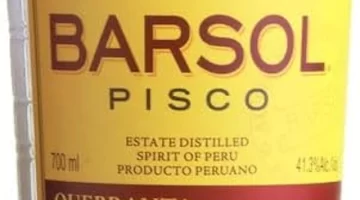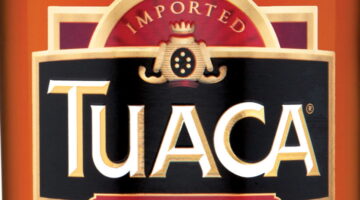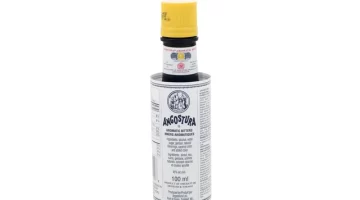What is Sotol?
Travel Distilled answers the question ‘What is sotol?’ the answer being a predominantly Mexican spirit, though also made in the USA from the Desert Spoon plant.

Sotol is a traditional Mexican distilled spirit made from the Dasylirion plant, specifically from the sotol plant, which is native to northern Mexico and southern Arizona, primarily the Chihuahuan Desert, and also in Texas.
See my review of Desert Door Texan Sotol
Similar to mezcal and tequila, sotol is a product of the agave plant family, but it is distinct in its own right due to differences in plant species and production methods.
History and Origin
The history of sotol dates back centuries, with indigenous peoples of northern Mexico, such as the Tarahumara and the Apache, utilizing the plant for various purposes, including food, fiber, and fermented beverages. The sotol plant, also known as Desert Spoon or Desert Spoon Sotol, was revered by these indigenous groups for its versatility and resilience in harsh desert environments.
It wasn’t until Spanish colonization in the 16th century that the distillation process for sotol began to develop. Initially, sotol was produced clandestinely due to restrictions imposed by Spanish authorities on native alcohol production. However, as time progressed, the art of sotol production became more refined, and it started gaining recognition beyond its indigenous origins.

Photo by Allyson Campbell
What is Sotol’s Production Process?
The production of sotol involves several steps, starting with the harvest of mature sotol plants. These plants typically take around 15 years to reach maturity before they are ready for harvest, much longer than the blue agave plants used in the making of tequila. Once harvested, the leaves of the sotol plant are removed, leaving behind the core or piña, which resembles a large pineapple.
The piñas are then cooked in underground ovens or above-ground fire pits, a process similar to that used in mezcal and tequila production. This cooking softens the piñas, making it easier to extract the fermentable sugars. After cooking, the piñas are crushed to extract the juice, which is then fermented in wooden vats or stainless steel tanks using naturally occurring wild yeast.
Once fermentation is complete, the liquid is distilled in traditional pot stills made of copper or stainless steel. Unlike tequila, which is typically distilled twice, sotol is often distilled three times to achieve a smoother and more refined spirit. The resulting distillate, known as sotol, is then either bottled as blanco (unaged) sotol or aged in oak barrels to produce reposado or añejo sotol, depending on the desired flavor profile.

Flavor Profile and Varieties
Sotol exhibits a diverse range of flavors and aromas, influenced by factors such as the terroir, agave species, production methods, and aging process. Blanco sotol tends to have a fresh and herbaceous character, with notes of agave, citrus, and earthiness. Reposado sotol, aged for a short period in oak barrels, develops additional complexity with hints of caramel, vanilla, and oak spice. Añejo sotol, aged for an extended period, offers rich flavors of dried fruit, chocolate, and tobacco, along with a smooth and velvety texture.
What is Sotol’s Cultural Significance and Traditions?
Sotol holds cultural significance among the indigenous communities of northern Mexico, where it has been an integral part of traditional ceremonies and rituals for centuries. It is often consumed during celebrations, festivals, and religious ceremonies, symbolizing unity, hospitality, and reverence for the land.
In recent years, sotol has gained popularity both domestically and internationally, as consumers and bartenders alike have embraced its unique flavors and artisanal production methods. Craft distilleries dedicated to sotol production have emerged, contributing to the preservation and promotion of this ancient spirit.

Contemporary Context and Market Trends
The market for sotol has experienced steady growth in recent years, fueled by increasing consumer interest in authentic and artisanal spirits. While sotol remains relatively niche compared to tequila and mezcal, it has garnered attention from enthusiasts and connoisseurs seeking new and distinctive drinking experiences.
In response to growing demand, sotol producers have expanded their distribution networks, making the spirit more accessible to consumers worldwide. Additionally, creative bartenders have embraced sotol as a versatile cocktail ingredient, incorporating it into traditional and innovative recipes to showcase its unique flavors and characteristics.

What is Sotol: Conclusion
Sotol represents a rich and storied tradition rooted in the rugged landscapes of northern Mexico. From its humble origins among indigenous communities to its emergence as a celebrated spirit on the global stage, sotol embodies the resilience, ingenuity, and cultural heritage of its makers. As interest in artisanal and authentic spirits continues to grow, sotol stands poised to captivate new audiences and forge its own legacy in the world of fine spirits.











